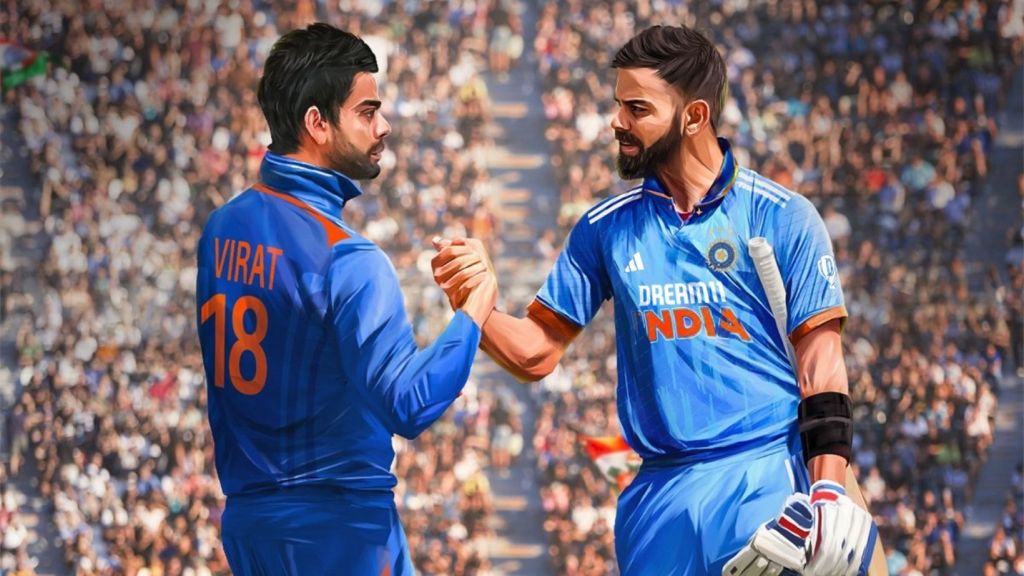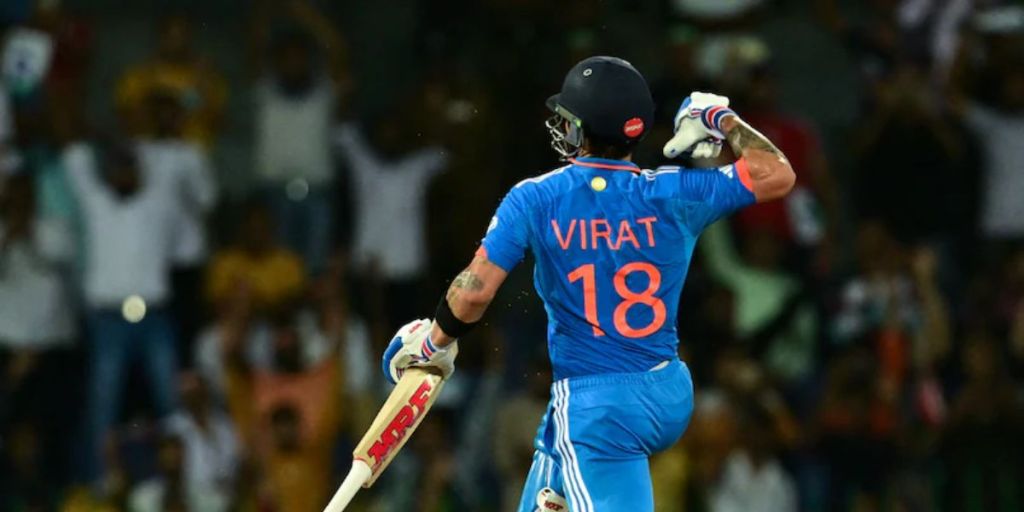Kashvee Gautam, an uncapped Indian player, made history in the Women’s Premier League by becoming the most expensive uncapped player. In a heated bidding war, she secured a staggering INR 2 crore deal with Gujarat Giants. The auction unfolded dramatically as multiple franchises vied for the Chandigarh native, who had set her base price at INR 10 lakh.
The battle for Kashvee intensified between Giants and RCB, with Warriorz entering the fray at INR 75 lakh. The bidding war continued until the very end when Giants outbid Warriorz, ultimately signing Kashvee for a record-breaking INR 2 crore.
The high demand for Kashvee was unsurprising, given the scarcity of skilled seam-bowling all-rounders. Kashvee, a swing bowler, had diligently worked on enhancing her pace based on feedback received after going unsold in the inaugural auction.

Chandigarh to Gujarat Giants: Kashvee Gautam’s journey, sealed with a record-breaking deal
Embarking on a journey that transcends dreams and surpasses expectations, the moment of learning about one’s selection in the Women’s Premier League is nothing short of magical. For Kashvee, the realization of being chosen created an indescribable sensation, a surreal experience that lingered in the realm of disbelief.
“It was an unbelievable feeling. I couldn’t comprehend it. I didn’t even know what was happening; I just knew that the paddle was lifted for me, and it went on between two or three teams for a few minutes. Even after reaching 1 crore, the auction continued, and when it stopped at 2 crores, it felt quite surreal,” said Kashvee.
As the news rippled through her inner circle, a chorus of joy echoed from her parents, coaches, and friends, each reveling in the shared jubilation of her achievement.
The 20-year-old said: “My phone had frozen — I received a lot of messages and calls constantly. I didn’t even know whose call to answer first. Even now when I think of it, I ask myself, “Did it really happen?”
“My parents, coaches, and friends were all very happy. The media started to interact with me. They were all very happy and shared their blessings. They were emotional as well since they had seen my journey very closely. And they asked me to continue playing like this,” she added.
Entering the grand theater of the Women’s Premier League, Kashvee recognizes the enormity of the stage, populated by elite athletes and international stars. Fully aware of the formidable competition that awaits, she outlines a strategic approach that hinges on leveraging her strengths and adhering to the fundamentals of the game.
“It’s a massive stage with elite and overseas players participating in the league. The competition will be tough. My strategy is to play to my strengths, stick to the basics, and focus on enhancing my power-hitting skills in batting. I anticipate being in pressure situations, so I’m preparing for scenarios where I have fewer balls to play but need to score more runs for the team,” she said.
From admiration to reality
For Kashvee and countless aspiring players, former Indian captain, Mithali Raj serves as an inspiration, a beacon illuminating the possibilities within the sport. The prospect of sharing the field with her and benefiting from her mentorship adds an extra layer of thrill to Kashvee’s journey.
“I’m both excited and nervous. The legend of women’s cricket, Mithali Di, has played a significant role in popularizing the sport. Many young players, including myself, look up to her. I’m thrilled to have the opportunity to learn from her; playing under her mentorship will be a valuable experience,” said the 20-year-old.
While the Gujarat Titans boast a talented roster of players, there is a particular eagerness within Kashvee to meet and play alongside Ashleigh Gardner, the seasoned all-rounder known for her dynamic playing style and strategic acumen.
“Ashleigh Gardner, the Australian all-rounder, is someone I admire. Her role as a match-finisher and wicket-taker is impressive. I’m eager to meet her and learn from her performances.”
Guiding light in the crease: Kashvee’s coach
The youngster feels a profound sense of gratitude that she wishes to extend to a pivotal figure in her cricketing journey – her coach — Nagesh Gupta. It is to this mentor, a guiding force behind her ascent, that she dedicates her selection, recognizing the instrumental role he played in shaping her career.
“I would like to dedicate my selection to my coach, who is the reason I am where I am today. His hard work and dedication, along with the personalized attention he gave me, have played a crucial role. He focused on improving my batting skills from the very beginning, emphasizing power-hitting, range-hitting, fitness, and even bowling.”
Equilibrium of inspiration: Role models
Kashvee looks upto Bhuvneshwar Kumar when it comes to bowling. The finesse and skill with which Kumar approaches his craft have left an indelible mark on her cricketing aspirations. To this day, she diligently studies his performances, drawing inspiration from his mastery of swing and ability to outfox the batter.
In terms of all-round excellence, she looks no further than the dynamic Hardik Pandya. Beyond his explosive batting and electrifying fielding, it is Pandya’s ability to thrive in pressure situations that captivates her admiration.
“When it comes to bowling, I’ve always looked up to Bhuvneshwar Kumar. I continue to watch his videos for inspiration. As for all-rounders, my role model is Hardik Pandya. I admire how he handles pressure situations and leads his team to victory. His knack for getting crucial breakthroughs, whether with the new ball, old ball, or in the death overs, has always stood out to me. I look up to him because of his special performances during pressure situations,” she conveyed.
Horizon of opportunity
With the upcoming challenges in the Women’s Premier League, the youngster sets her expectations high while maintaining a grounded focus on sustaining positive momentum.

“My expectations are to maintain the positive momentum and continue performing well. I’m committed to maintaining the same level of dedication. Whatever role I’m assigned in the team, whether it’s bowling with the new ball or old ball, or batting in the middle or death overs, I will strive to fulfill my responsibilities smartly,” Kashvee remarked.
As the Women’s Premier League looms large on the horizon, Kashvee recognizes the magnitude of the opportunity it presents to all participants. The platform is not just a stage for showcasing individual talent but a battleground of immense competition where players will be tested under pressure, fostering an environment ripe for learning and growth.
“It is a huge opportunity for all. There is immense competition. It is an opportunity for all to showcase their talent. We will get to learn how to play in under-pressure. In men’s and women’s matches I think the same number of spectators have started to come in. So, there is already a lot of craze for WPL and IPL. I am looking forward to the huge crowd coming in, enjoying the game, motivating us, cheering us, and it’s all about backing my skill.”























